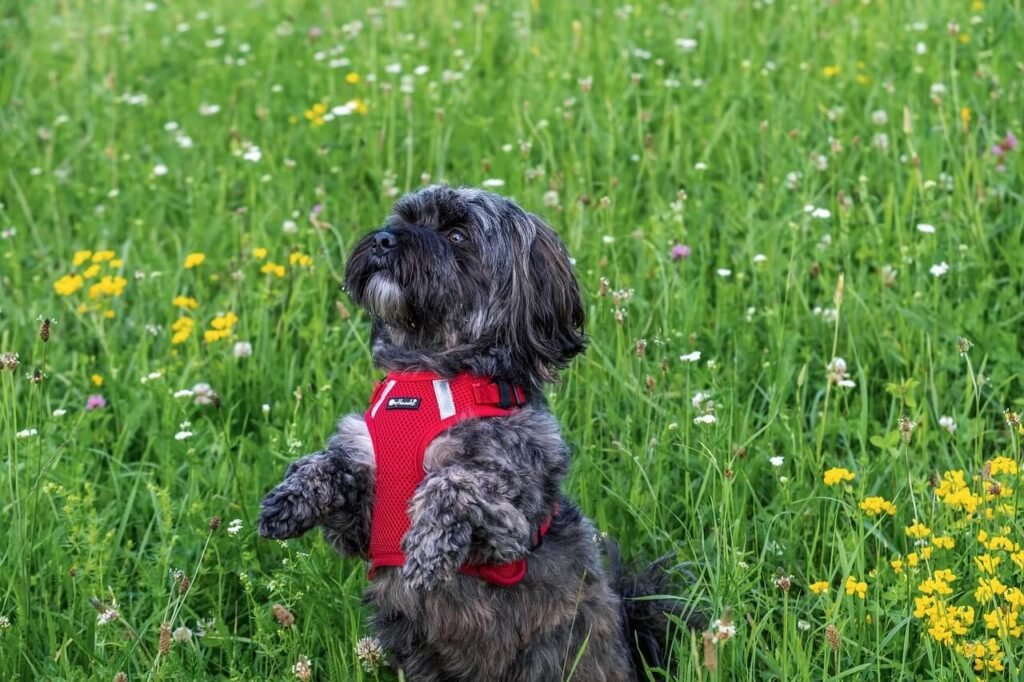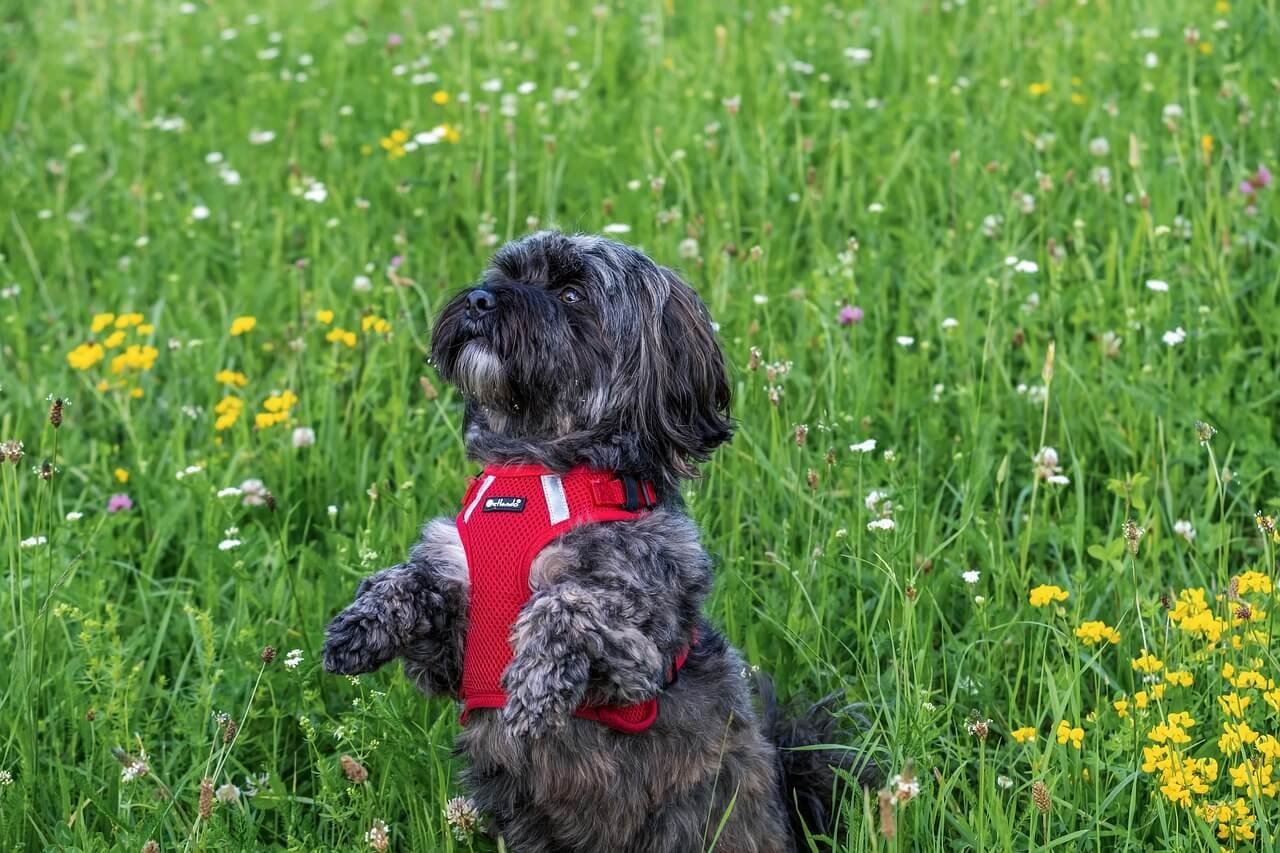Can Dogs Eat Rice? A Guide for Pet Owners
Rice is a staple food in many households, known for its versatility and nutritional benefits. But when it comes to sharing this grain with our furry friends, pet owners often wonder: can dogs eat rice? The good news is that rice is generally safe for dogs and can even be beneficial in certain situations. Whether you’re considering adding rice to your dog’s diet or using it as a remedy for an upset stomach, understanding how to prepare and serve it is key. In this blog post, we’ll explore the benefits, risks, and best practices for feeding rice to your dog, ensuring their health and happiness.
Is Rice Safe for Dogs? Breaking It Down
Rice is one of the few human foods that are not only safe but also nutritious for dogs when served appropriately. However, there are some important considerations to keep in mind before offering it to your pup. Here’s what you need to know:
Plain, cooked white or brown rice is easy to digest and unlikely to cause allergic reactions.
Rice is a great source of carbohydrates, providing energy for active dogs.
It contains essential nutrients like magnesium and B vitamins, which support overall health.
Brown rice is higher in fiber than white rice, making it a better choice for digestive health.
Avoid seasoning rice with salt, spices, or additives, as these can upset your dog’s stomach.
When prepared correctly, rice can be a healthy addition to your dog’s diet. Always introduce it gradually and in moderation to avoid digestive issues.
Benefits of Feeding Rice to Your Dog
Incorporating rice into your dog’s meals can offer several health benefits, particularly during times of dietary adjustments or recovery. Here are some advantages of feeding rice to your dog:
Aids Digestion: Plain rice is gentle on the stomach and can help firm up stools in cases of diarrhea.
Provides Energy: Carbohydrates in rice serve as a quick source of fuel for active or working dogs.
Supports Weight Gain: Rice paired with lean protein can help underweight dogs gain healthy weight.
Gluten-Free Option: Rice is naturally gluten-free, making it safe for dogs with sensitivities to grains like wheat.
Complements Other Foods: Rice pairs well with vegetables, meats, and other dog-safe ingredients for balanced nutrition.
While rice isn’t a necessity in your dog’s diet, it can be a helpful supplement when used thoughtfully. Always consult your veterinarian before making significant changes to your dog’s meals.
Check this guide 👉Can Dogs Eat Potatoes? Best 7 Expert Tips!
Check this guide 👉Can Dogs Eat Ham? Best 7 Expert Tips!
Check this guide 👉Can Dogs Eat Green Beans? Best 7 Health Tips!

Benefits of Rice for Dogs | Tips for Serving Rice Safely |
|---|---|
Easy to digest | Cook rice thoroughly without seasoning |
Rich in carbohydrates | Serve plain, avoiding oils or spices |
Supports digestive recovery | Mix with lean protein like chicken |
Gluten-free grain option | Use small portions to prevent overfeeding |
Pairs well with other dog-safe foods | Introduce gradually to monitor tolerance |
How to Prepare Rice for Your Dog
Preparing rice for your dog is simple, but it’s important to follow specific guidelines to ensure it’s safe and nutritious. Here’s how to do it right:
Choose Plain Rice: Opt for white or brown rice without added flavors, oils, or seasonings.
Cook Thoroughly: Ensure the rice is fully cooked to make it easier for your dog to digest.
Avoid Seasonings: Skip salt, butter, garlic, onions, or any other ingredients that could harm your dog.
Mix with Protein: Combine rice with lean proteins like boiled chicken or turkey for a balanced meal.
Serve in Moderation: Rice should make up no more than 10–20% of your dog’s overall diet to maintain balance.
By following these steps, you can safely incorporate rice into your dog’s diet without compromising their health. Always monitor your dog for any adverse reactions after introducing new foods.
Signs Your Dog May Not Tolerate Rice
While most dogs can eat rice without issue, some may experience digestive upset or allergies. If you notice any of the following signs after feeding your dog rice, it’s important to reassess their diet:
Diarrhea or loose stools, indicating potential intolerance or overfeeding.
Vomiting or nausea, suggesting your dog’s stomach is struggling to process the rice.
Lethargy or lack of energy, possibly linked to an imbalance in their diet.
Skin irritation or itching, which could signal an allergic reaction to rice.
Loss of appetite or refusal to eat, signaling discomfort or dislike for the food.
If your dog exhibits any of these symptoms, stop feeding them rice and consult your veterinarian. Every dog is unique, and what works for one may not work for another.
Exploring Dog-Friendly Grain Alternatives to Rice
If your dog enjoys grains or needs a bland diet, there are several other grain options that are safe and nutritious. These alternatives can provide variety and additional health benefits. Here are some grains you can consider:
Quinoa: A protein-rich grain that’s easy to digest and packed with essential amino acids.
Oats: High in fiber and great for dogs with sensitive stomachs when served plain and cooked.
Barley: A nutrient-dense grain that supports digestive health and provides slow-release energy.
Millet: Gluten-free and rich in magnesium, making it a good option for dogs with allergies.
Buckwheat: Despite its name, buckwheat is not related to wheat and is safe for dogs, offering a good source of antioxidants.
These grains can be excellent substitutes or complements to rice, depending on your dog’s dietary needs. Always introduce new grains gradually and in moderation.
How to Identify Grain Sensitivities in Dogs
While many dogs tolerate grains like rice well, some may develop sensitivities or allergies. Recognizing the signs early can help you adjust their diet and prevent discomfort. Here are common symptoms of grain allergies in dogs:
Itchy skin or persistent scratching, especially around the ears, paws, or belly.
Red, inflamed skin or frequent ear infections caused by allergic reactions.
Chronic diarrhea or loose stools that don’t resolve with dietary changes.
Vomiting or excessive gas after eating meals containing grains.
Swelling or hives, indicating an immediate allergic response to certain foods.
If you suspect your dog has a grain allergy, consult your veterinarian to identify the specific allergen and adjust their diet accordingly. Early intervention can improve their quality of life.
Tips for Safely Introducing Rice into Your Dog’s Meals
If you’re considering adding rice to your dog’s diet, transitioning slowly is essential to avoid digestive upset. Here are some practical tips to make the switch smoothly:
Start with small amounts of rice mixed into their regular food to gauge their tolerance.
Gradually increase the portion of rice over 7–10 days while reducing other ingredients.
Monitor your dog’s stool consistency to ensure they’re digesting the rice properly.
Pair rice with lean proteins like chicken, turkey, or beef to create a balanced meal.
Avoid sudden dietary changes, as these can cause gastrointestinal issues like vomiting or diarrhea.
By taking a gradual approach, you can help your dog adapt to rice without overwhelming their system. Always prioritize their comfort and well-being during the transition.
Frequently Asked Questions About Dogs and Rice
Can dogs eat brown rice?
Yes, brown rice is safe for dogs and offers more fiber and nutrients compared to white rice.
Is rice good for dogs with diarrhea?
Yes, plain rice can help firm up stools and soothe an upset stomach when paired with lean protein.
Can I feed my dog seasoned rice?
No, seasoned rice with salt, spices, or additives can upset your dog’s stomach and should be avoided.
How much rice can I give my dog?
Rice should be given in moderation—no more than 10–20% of their daily diet—to maintain nutritional balance.
Are there alternatives to rice for dogs?
Yes, options like sweet potatoes, quinoa, or pumpkin are excellent substitutes for dogs needing a bland diet.
Final Thoughts: Adding Rice to Your Dog’s Diet
Feeding rice to your dog can be a safe and nutritious choice when done correctly. Whether you’re looking to aid digestion, provide energy, or simply diversify their meals, rice offers several benefits for our canine companions. However, it’s crucial to remember that moderation and preparation are key. Always prioritize plain, cooked rice and pair it with other dog-safe ingredients for a balanced diet. By staying informed and attentive to your dog’s needs, you can ensure they enjoy the occasional bowl of rice while maintaining their overall health and happiness.
Canned Pumpkin for Cat Diarrhea: Best 7 Expert Tips! Natural remedy to firm stools, soothe upset bellies, and support gut health safely.
Can a Cat Give You Scabies? Best 7 Expert Tips! Discover the truth about feline mites, human skin risks, and how to protect yourself—without panic.
Cat Flea vs Human Flea: Best 7 Expert Tips! Discover the truth about bites, species, and how to eliminate infestations for good.
Weird Cat Behaviors: Best 7 Expert Tips! Discover why cats do strange things—and how to understand, not punish, their instincts for a happier home.





